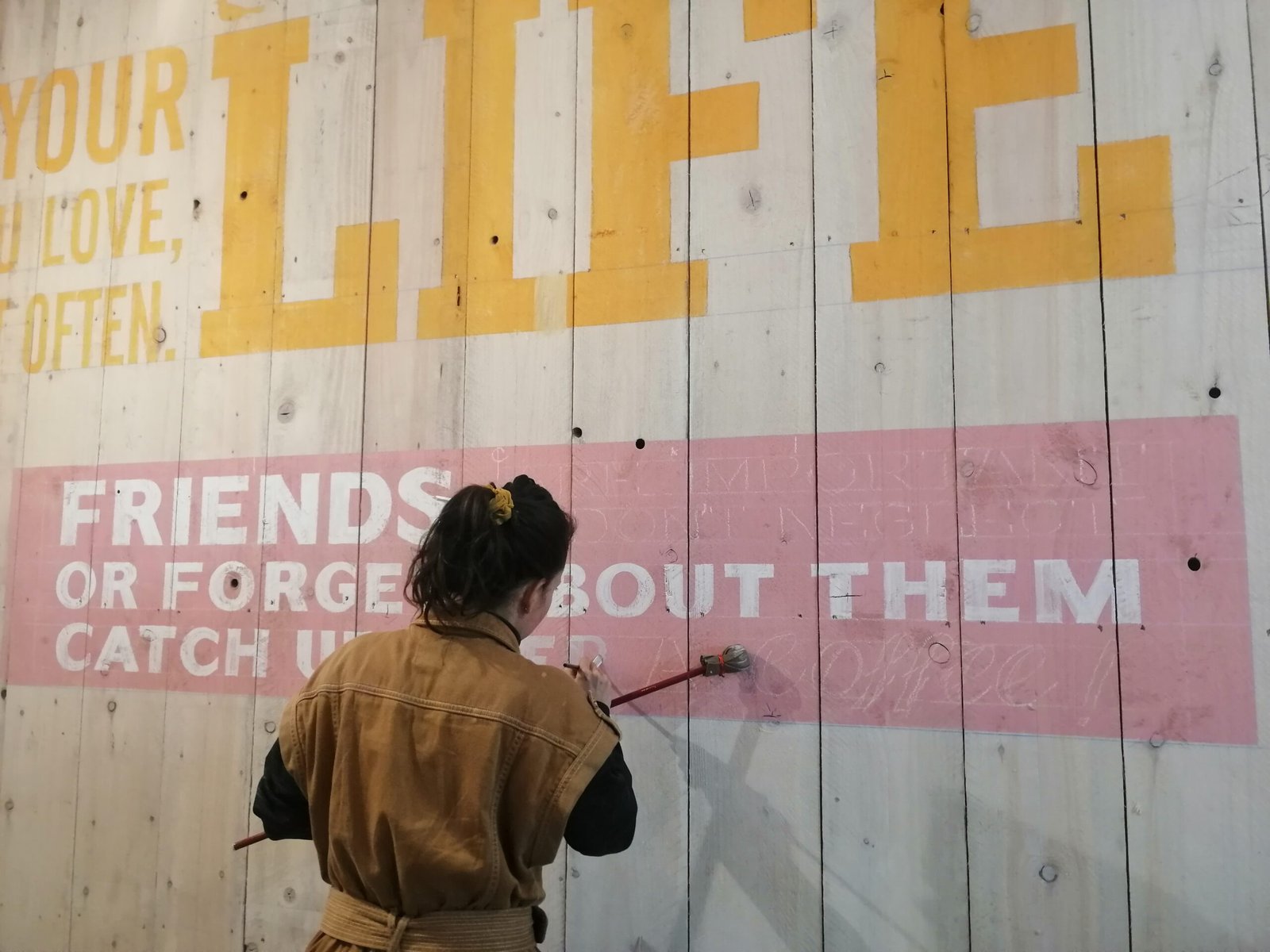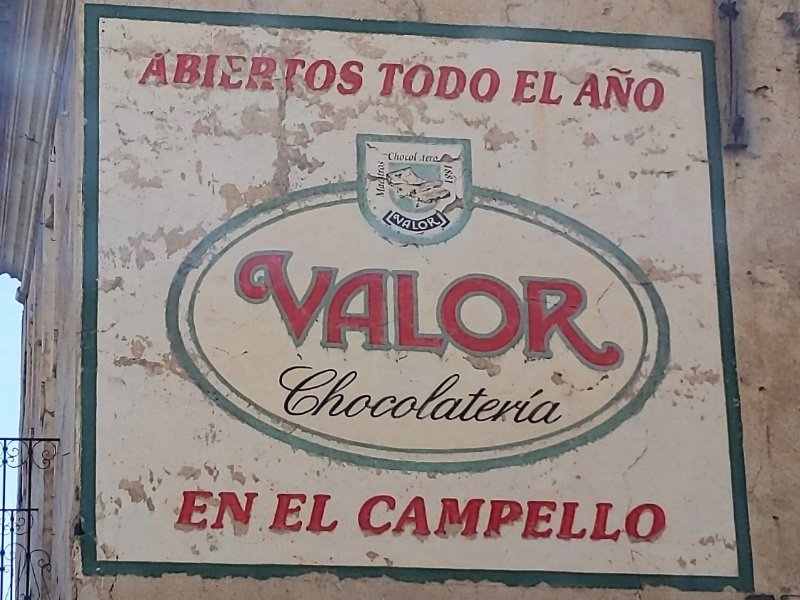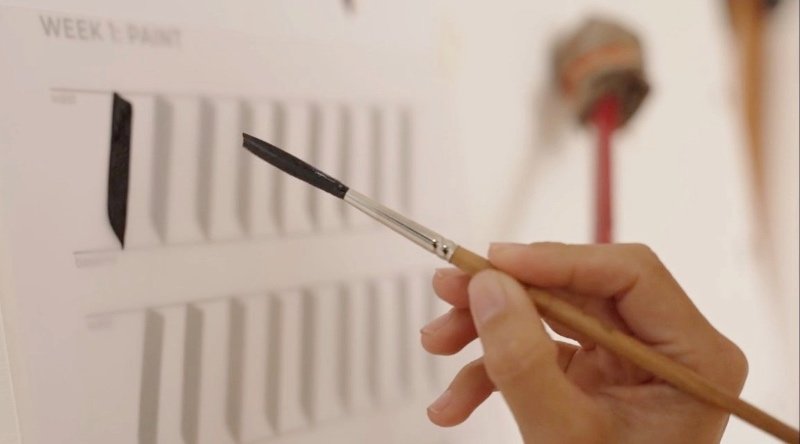In today’s digital age, where signs are often printed and mass-produced, there’s something uniquely beautiful about traditional signwriting. It’s the art of painting signs by hand, just like it was done before computers and vinyl came into play. Each brushstroke is a work of art, and the result? A sign full of character that you just can’t get with printed versions.

“A hand-painted sign doesn’t just advertise — it tells a story.”
Why Traditional Signwriting Is Making a Comeback
Recently, I’ve noticed a real boom in the popularity of handmade businesses, particularly here in Ireland and the UK. Local businesses want their spaces to look as authentic as the products they sell. When you’re running a business that prides itself on tradition and quality, a handmade, hand-painted sign just makes sense. It’s a great way to reflect that authenticity.
And let’s not forget about gilding. Gold is timeless—23.5 carat gold leaf, to be exact. A gilded sign, glass, or mirror is one-of-a-kind, elegant, and rich with history. Plus, when it comes to longevity, nothing beats hand-painted signs. Unlike vinyl, which can peel off over time, hand-painted signs won’t fall off your wall or shop fascia. They only get more beautiful with age.
What I Love Most About Traditional Signwriting
Honestly, there’s nothing quite like creating something with your hands. Each stroke I make is full of intention, and with patience and dedication, I can bring a design to life. The process of signwriting isn’t rushed. It’s about focusing on every little detail and getting it just right.
But what I love even more is knowing I’m contributing to the preservation of this craft. When mass-produced signs took over 30 years ago, traditional signwriting almost died out. Now, as part of a new generation of signwriters, I’m proud to be keeping the tradition alive—and it’s such a pleasure to be based here in Northern Ireland, where there’s a rich history of signwriting.
Recent Projects: A Taste of Traditional Signwriting in Action
Here are a few projects I’m particularly proud of:
1. Gilding the Bank of Ireland in Lurgan and Newry
These were historical buildings, and I had the privilege of restoring their signage with 23.5 carat gold leaf. Bringing back the original splendor of these buildings was an unforgettable experience. In the pictures you can see the before and after gilding the stone letters of the Bank of Ireland’s building in Lurgan, N. Ireland.


2. Whiskey Glass Gilded for Titanic Distillers
This is a special one! I had the honor of gilding a whiskey glass for Titanic Distillers, which now sits in the iconic Titanic Quarter in Belfast. It’s the perfect blend of modern and historical craftsmanship.



3. FlyBoy Pizza and Wings
This one’s extra special because I traveled across Ireland to work on this project. It was a pleasure working on a local business and getting to see the signs come to life in different parts of the country.


Behind the Scenes: A Funny (and Not So Funny) Story
Working on signs often brings surprises, and not all of them are fun!
For example, while I was gilding the whiskey glass for Titanic Distillers, the first glass I ordered broke during the process! It was a real bummer, but I had to order a new one and start over. It just shows how delicate and precise this craft can be.
But there are also moments of joy. One of my favorite memories was working on a project for Bob and Bert’s in Ann Street, Belfast. I had the chance to work with Mick, a fellow signwriter from England with more than 30 years of experience. I learned so much in those 5 days, and the knowledge and skills I gained have stuck with me ever since.

The Process: How It All Comes Together in Signwriting
Here’s a quick breakdown of the signwriting process (done step by step, just for you):
- Client Brief – We start with a discussion to understand the business’s story, vibe, and goals. I’ll gather color palettes and design inspiration to shape the mood of the sign.
- Sketching – I hand-sketch the design, refining the details and making sure everything aligns with your vision.
- Pouncing – With a pounce wheel, I carefully mark the contour of the letters on the design. This creates a dotted outline, which will later guide the painting.
- Transferring the Design – Once the design is pounced, I use chalk to transfer it to the surface, outlining the letters. If needed, I can also trace the design directly onto the surface, skipping the pouncing step.
- Getting Materials – I gather the best materials for the job—brushes, paints, and gold leaf—each chosen for quality and durability.
- Painting – This is where the magic happens! I paint every letter with precision, bringing the design to life. Each stroke is carefully crafted by hand, ensuring a unique, personalized sign.
By following this process, I make sure that every sign I create has its own character, blending the art of craftsmanship with the needs of the client. It’s a personal touch that machines just can’t replicate.
If you’re curious to try it yourself, I also teach online courses where I guide students through the fundamentals of brush control and casual sign styles — all the essentials to get started in this beautiful craft.
🎨 Let’s Keep the Craft Alive!
If you love traditional signwriting as much as I do, let’s stay in touch:
💡 Follow me on Instagram for a peek into my studio and daily work.
📺 Check out my YouTube channel for tutorials and behind-the-scenes videos.
📩 Or get in touch to bring a custom sign or gold leaf piece to life for your business.
🌟 Let’s keep the tradition of signwriting alive together!
With lot of love,
Joha Muñe




